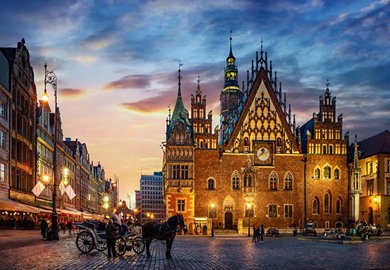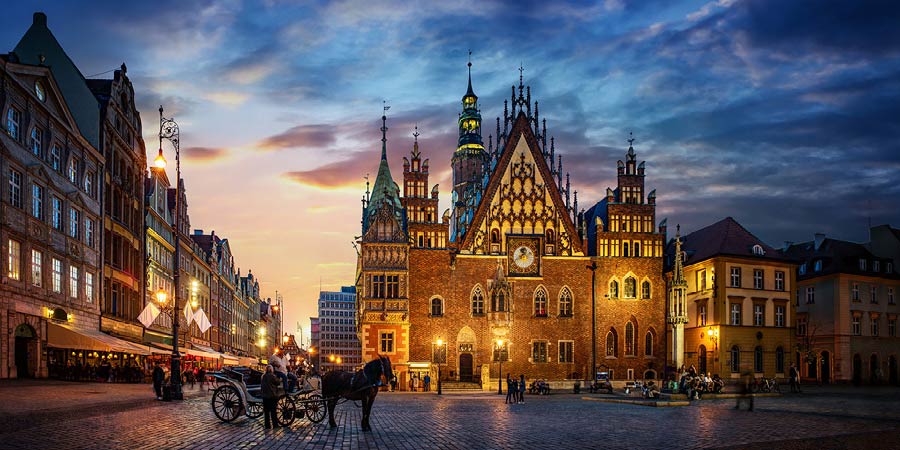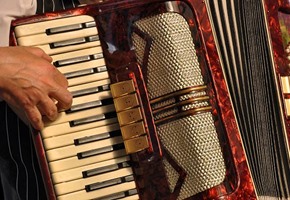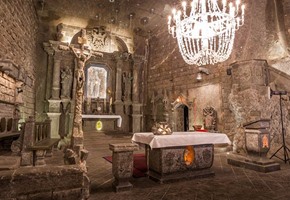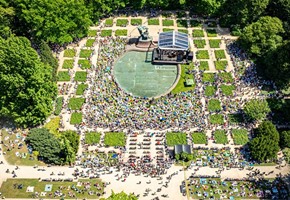Old Town
With its cobbled streets and colourful houses, the Old Town
marks the focal point of Warsaw. At the centre of this
UNESCO-protected site lies the town square, Rynek Starego Miasta,
which boasts a lively and charming atmosphere. The Old Town is also
home to a number of beautiful churches and monuments, excellent
coffee shops and restaurants. The grand St. John's Cathedral is
perhaps the architectural highlight here.
Royal Castle
Formerly home to Poland's kings, the Royal Castle, or Zamek
Królewski, is an impressive landmark, situated only a short walk
from the Old Town. Discover the King's lavish apartment or pay a
visit to the galleries exhibiting an impressive display of
paintings, coins and medals.
Park Lazienki
One of the most beautiful green spots of Warsaw. Take a stroll
around its dazzling lakes or visit the stunning Neoclassical Palace
on the Water (Palac Lazienkowski). The park is also home to the
Chopin Monument, celebrating the famous Polish composer, and a
range of smaller castles.
Chopin Museum
The Muzeum Fryderyka Chopina provides visitors with a unique
behind-the-scenes glimpse at the life and works of one of Europe's
most famous composers. Among the displays are some of Chopin's
letters and sheet music, as well as his last piano.
